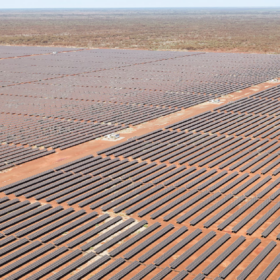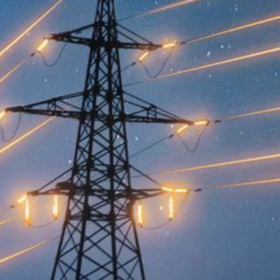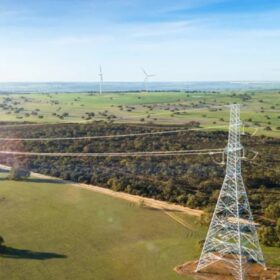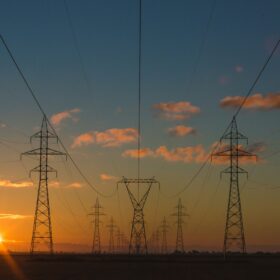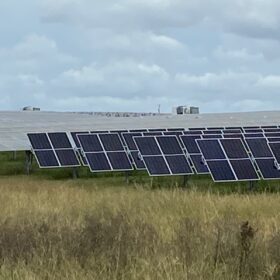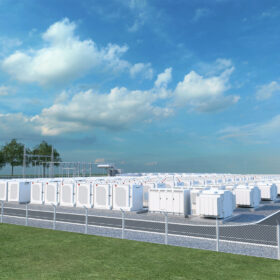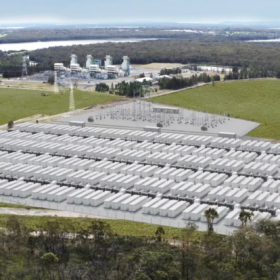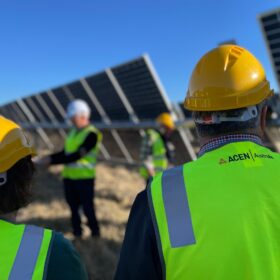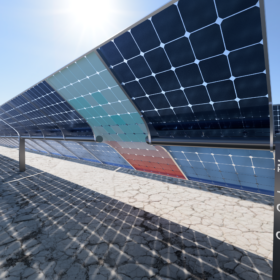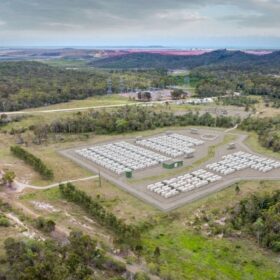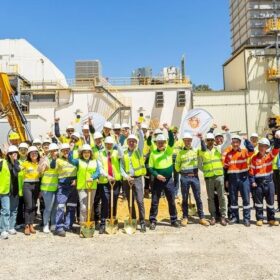Fortescue announces commissioning of a 100 MW solar farm in the Pilbara
Mining giant Fortescue Metals Group has begun commissioning its 100 MW solar farm at the North Star Junction south of Port Hedland in Western Australia, as the company progresses toward a target of real zero by 2030.
Northern Territory lands $250 million for new transmission projects and upgrades
The Northern Territory and Australian government have signed a landmark $250 million deal under the Rewiring the Nation fund to upgrade the Territory’s grid and rollout new transmission projects before 2030.
Frontier Energy lands $215 million to fund Waroona renewable energy project
Western Australia clean energy developer Frontier Energy has been granted $215 million in debt finance for its Waroona Renewable Energy Project south of Perth, from specialist infrastructure fund Infradebt.
Northwestern Victoria earmarked as best potential for renewable energy developments
Victorian transmission infrastructure operator VicGrid has identified over half the state as having potential to host future renewable energy developments, as outlined in its draft Victorian Transmission Plan guidelines.
BrightNight secures grid approval for large-scale solar and battery project
The owner of a 360 MW solar farm and 600 MWh battery energy storage project being developed near Mortlake in southwest Victoria said it has received grid connection approval that paves the way for the next stage of development.
Macquarie’s Eku gets green light for 500 MWh Canberra big battery
The way has been cleared for construction to begin on a 250 MW / 500 MWh battery energy storage system that will help “future proof” the Australian Capital Territory’s energy supply by reducing the load on Canberra’s electricity network and increasing network reliability.
Australia rated global leader in hybrid solar and battery energy solutions: whitepaper
Australia’s leadership in hybrid solar and battery energy storage solutions features prominently in a new whitepaper released by global energy company Hitachi Energy, which examines trends and technology solutions for more modular and distributed networks.
Acen launches approvals process for Cooma solar and battery project
The Australian arm of Philippines-based energy company Acen Corporation has launched the approvals process for a major grid-connected solar and battery energy storage project to be built near the town of Cooma in the New South Wales Snowy Mountains region.
PV Lighthouse lands new funding to develop PV modelling platform
Australian software developer PV Lighthouse has secured almost $2 million in federal to drive the continued development of its SunSolve Yield advanced simulation engine that is designed to improve yield forecasting for utility-scale solar projects.
Akaysha progresses plans for 1.6 GWh battery in Queensland
Plans to build another grid-scale four-hour capacity battery energy storage system near the central Queensland town of Gladstone have been submitted to the local council as developer Akaysha Energy continues build up an impressive portfolio of battery storage projects.
